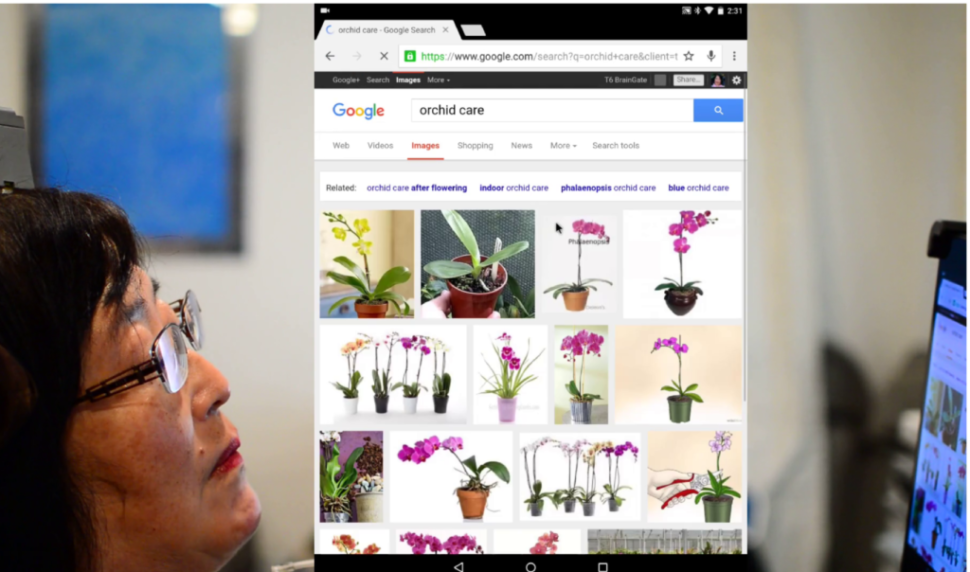The BrainGate2 implant has allowed paralyzed patients to control unmodified devices and chat with each other using iBCI.
Researchers just developed an array system called the BrainGate2 implant that can translate thoughts into text. The new technology has allowed three patients suffering from ALS and tetraplegia to use an unmodified device.
Tetraplegia is a form of spinal cord injury that renders a person paralyzed in all four limbs. The severity of the paralysis may depend on the nature of the injury. In worst cases, tetraplegia also affects a person’s capability to speak and breath.
ALS is a disease that kills the brain neurons responsible for controlling the body’s voluntary muscles. It is the same disease that tied the late Stephen Hawking to a wheelchair for most of his adult life.
Researchers paired the BrainGate2 implant with an intracortical brain-computer interface (iBCI). Together, the devices could let people with communication problems have a chance to communicate effectively.
“To our knowledge, this is the first use of a commercial, unmodified general-purpose computing device and associated programs through a BCI by people with paralysis,” the researchers wrote in their study published in the journal PLOS One. “The performance achieved here is high enough to be useful for individuals unable to control computing devices using conventional, manual input devices.”
The BrainGate2 Implant
The BrainGate2 implant is an array of microelectrode systems designed to decode the neural activity of the brain in real-time. Each of the three volunteers received electrode grids in their motor cortex (the area of the brain responsible for movement).
The implants picked up the neural activities of the patients. These signals indicated what way they wanted to move the cursor on the iBCI. The electrodes on the implants then sent the patterns to a virtual mouse paired to the device.
By exploiting the neural signals intended for movement, the participants – two of which have ALS and one having tetraplegia – were able to conduct a series of everyday digital tasks like browsing the internet, sending email, and listening to music. The system even allowed two of the patients to communicate with each other via chat.
“Participants navigated the user interface comfortably despite not having access to all of the gestures commonly used on a tablet,” the researchers reported. “Some of these limitations would have been overcome by enabling accessibility features found in the Android OS or third-party programs.”
However, despite the limitations, the study revealed how the participants successfully navigated the user interface because of the “high level of control enabled by the iBCI.” The team also reported that their research demonstrates how patients can use iBCIs beyond simple communication.



















Comments (0)
Least Recent